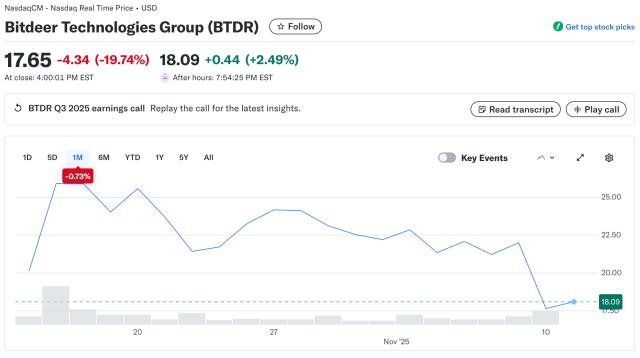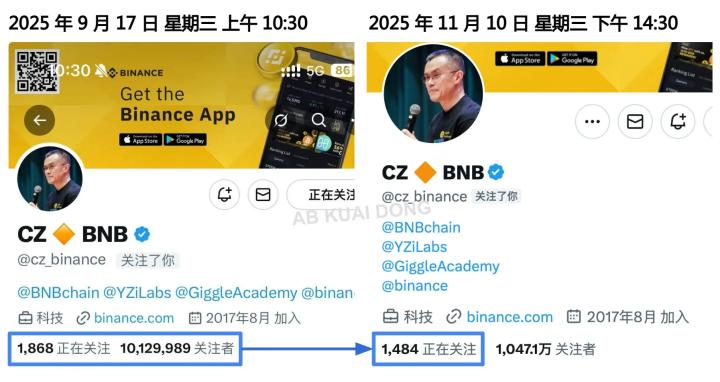
As the gold market recovers from its correction phase, investors' attention is focused on it. JP Morgan predicts that gold prices could reach $5,300 by the end of next year.
Alex Wolff, head of global macro and fixed income strategy at JPMorgan Private, said in a Bloomberg interview on the 11th that "gold's rally isn't over yet," adding that "there's a good chance it will break $5,000 sometime next year." This represents a price increase of more than 25% from the current price (around $4,100).
Wolf pointed to the increased gold purchases by central banks in emerging markets as a key driver of the rally. He analyzed, "The proportion of gold in central bank foreign exchange reserves remains low," and "Despite the price increase, major emerging markets will continue to purchase gold."
According to the World Gold Council (WGC), central banks worldwide purchased a total of 634 tonnes of gold through September of this year, a slight decrease from the previous year but still significantly exceeding the annual average before 2022. Emerging economies such as China, Poland, Turkey, and Kazakhstan are leading this trend, which is interpreted as a strategic move to reduce dependence on the US dollar and diversify foreign exchange reserves. "These countries have massive cash flows based on fiscal surpluses, and some of that is being transferred to gold," Wolf explained.
JP Morgan's outlook is among the most optimistic among major Wall Street investment banks. While Goldman Sachs predicted gold prices at $4,900 by the end of next year, JP Morgan predicted an even stronger uptrend.
Gold, which hit a record high of $4,380 late last month, fell by about 6%, but recently broke above $4,100, showing signs of a rebound. Its year-to-date gains have exceeded 50%, highlighting its appeal not only as a central bank asset but also as an inflation hedge and portfolio diversifier.
“Gold remains a relatively underrepresented asset in investors’ portfolios,” Wolff said, adding that even an increase in holdings to just 5% would significantly increase demand for gold.
This outlook suggests that gold has completed its short-term correction and re-entered a long-term uptrend. It remains to be seen whether gold can once again maintain its "safe haven" status amidst a weak dollar, geopolitical risks, and global central bank buying.








